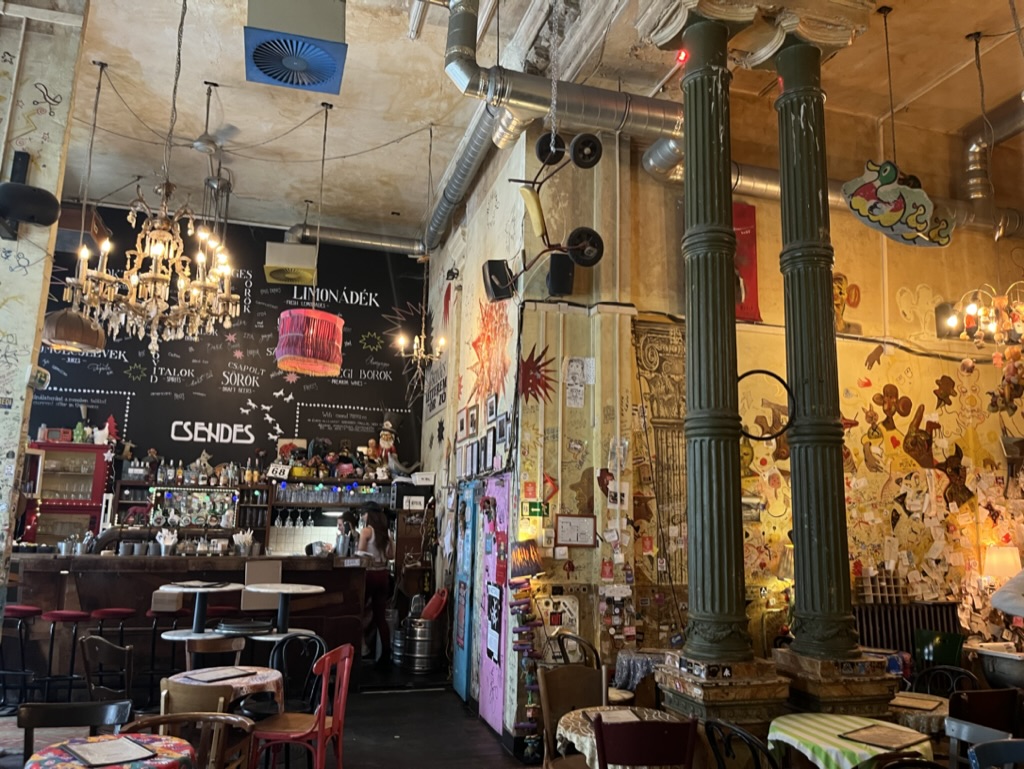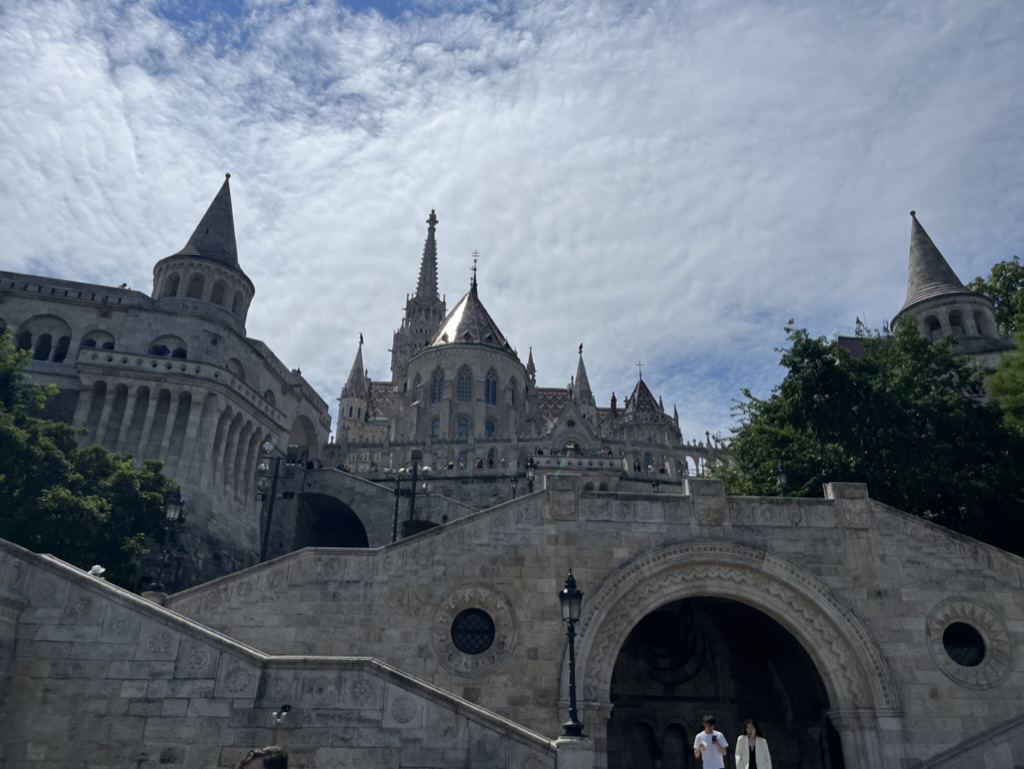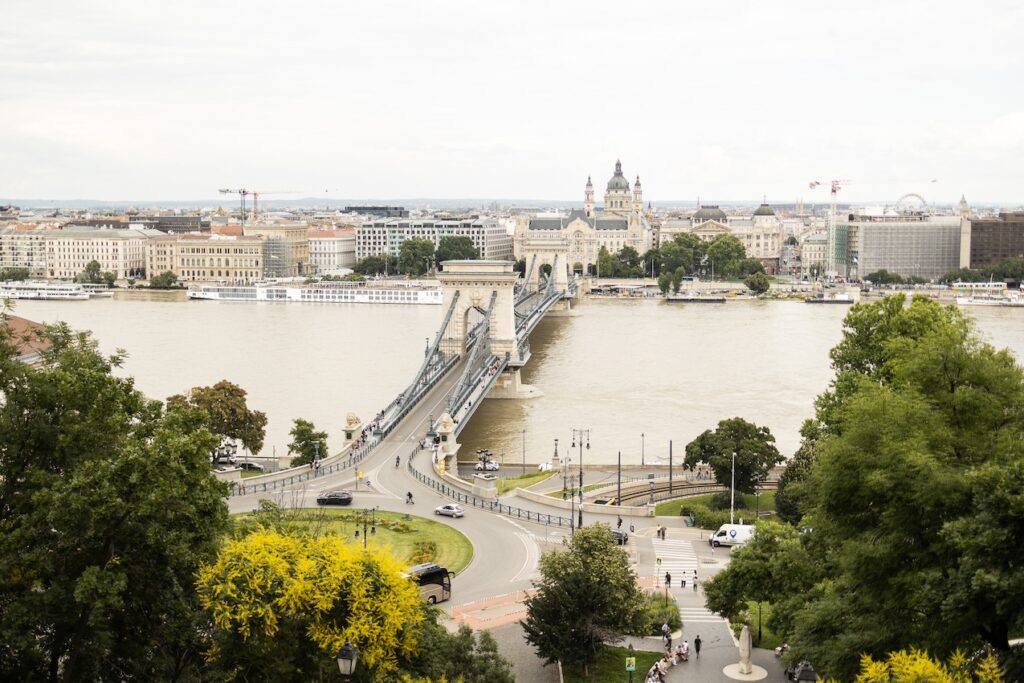When making your itinerary for your trip to Europe, it’s easy to get overwhelmed by the many options available to you. The last thing that you want is to choose the wrong locations or build your itinerary in a way that promotes a “check-the-box” mentality.
I’ve traveled to Europe 3 times in the last two years and Here are some tips that I have for forming the perfect itinerary.
BEfore you Begin Your Itinerary…
1. Figure out finances.
Do pre-itinerary research about finances. Before you can start to bring your dreams into reality, it’s necessary to get an idea of how much things cost.
Look at flights, hotels and Airbnbs to get a sense of what the base-cost of the trip will be. At this stage, you may realize that you need to pick a new location. After doing this exercise myself, I realized that I can’t afford to go to Switzerland.
Check out the travel budget calculator we created for London England.
However, in my reflection process, I figured out that what I really want is to go hiking while traveling through Europe. This opened up my options when creating my route through Europe. I ended up hiking through the castles in Sintra, Portugal instead!

2. Research destinations!
After accessing your financial situation, do pre-itinerary research about your possible destinations. This is the fun part! Watch videos and read articles about the cities without taking any notes. Do a bit of research on the culture. Get a general idea of the vibe of the places and then assess what it is that interests you to help you make a decision.
For example, when doing my pre-itinerary research for my trip to Paris, I realized that what interested me about Paris was the art. Then when creating my itinerary, I booked a private tour of the Louvre with Context Travel. But before you get into the details of what you’re going to do in each city, you have to create your travel route.


Once you’ve chosen your destinations…
3. Decide how long you want to stay
The hardest part about traveling is organizing a travel route and allotting a certain amount of days for each place. The worst thing that you can do is try to visit too many places; you will likely spend more time traveling than enjoying your destination. When leaving a place— your curiosity may feel unresolved because you didn’t get to do everything that you wanted to. I would suggest spending at least five days in major cities and two to three days in smaller cities.
4. Plan your route
When drawing your travel route, go in a way that makes sense directionally. You can base your travels around one city or you can visit a few major cities that make a clear line on the map. We’ve done both. For example, we based our trip to Spain around Barcelona. We flew into Barcelona and stayed there for four days, then went to Mallorca for three days, then we went back to Barcelona for three days. This enabled us to do a round-trip ticket to Barcelona and save money.
This past trip, we picked major cities that we were interested in going to and visited them in a way that made sense directionally. We started in Vienna, then went to Budapest, Paris, and Lisbon. We booked one way tickets to Vienna and one way tickets back from Lisbon. We then used RyanAir (an incredibly affordable airline) to fly from city to city in Europe.
5. Create your itinerary
When creating your itinerary for each city, don’t jump straight into the nitty-gritty details. Do some big picture thinking about your goal in visiting these places before getting into the exact details. This will help you budget both your time and money in a way that will bring you the most happiness.
The biggest mistake you can make traveling is having a “check-the-box” mentality. The check-the-box mentality is aiming to complete the most popular tourist attractions in the city and not leaving time to explore.
I would suggest that you only see a couple of the “popular” tourist attractions and choose the rest according to your own interests. I also suggest that you don’t overbook yourself by only scheduling one activity or restaurant reservation per day.


6. Do you want to do a day trip?
Consider possibly taking a day trip. Taking a day trip to a nearby town is a great way to experience a different place without having to book other accommodations. When we were in Lisbon, we took a day trip to Sintra which was an hour outside of town. There are many small towns located near major European cities that are fantastic.
We took a Bolt (Uber equivalent) car ride for 20 euro into Sintra. Then we saw three different castles that were within walking distance from one another. We then walked into town and had dinner, then took a Bolt home. It was a great day. Since it was such a small town, we saw enough of the city to meet our curiosity.
7. Don’t over plan
Leave room for spontaneity in your days! (And don’t do too much research.) I advise against doing too much research for two reasons:
Number 1: If your list of places gets too long you may get overwhelmed. Traveling is stressful enough in itself and navigating a packed schedule adds stress on your shoulders. You have to be at peace with the fact that you probably won’t get to do everything that you want to do.
Number 2: It may set unrealistic expectations for your trip. Instagram reels and TikTok videos can be extremely misleading. Leave an air of mystery between you and your destination! The best part about traveling is those moments where you discover something that you never expected to find.




